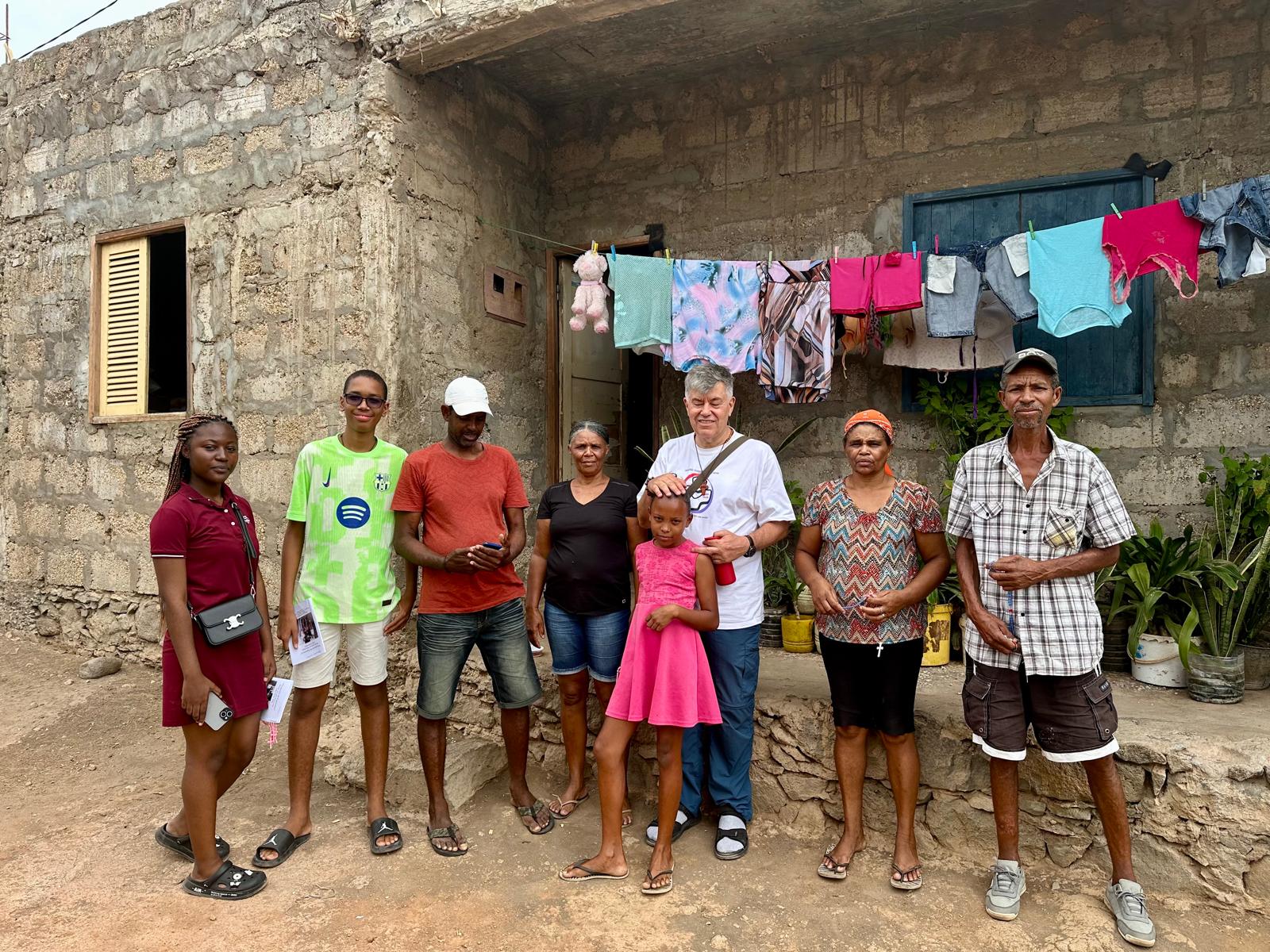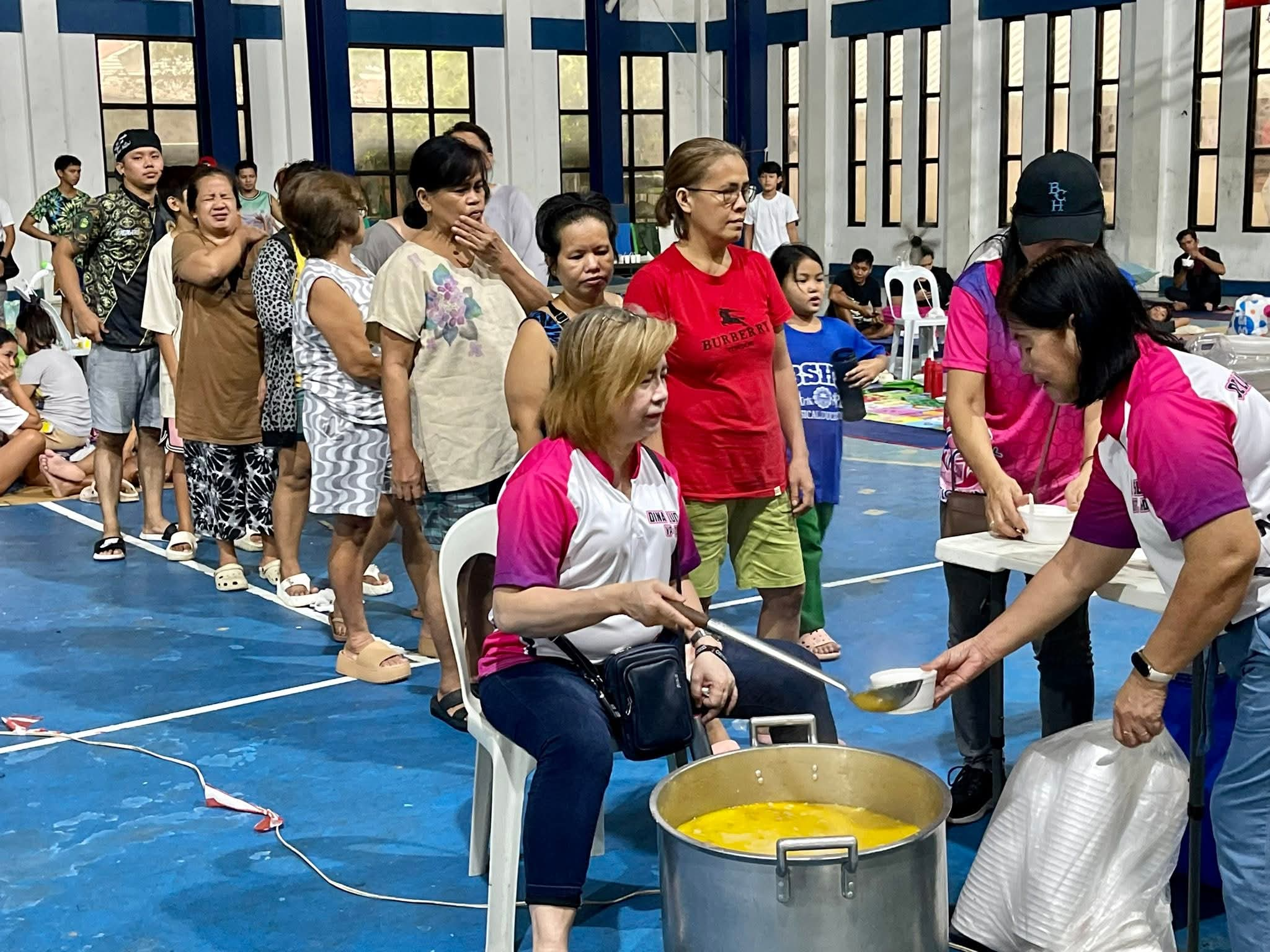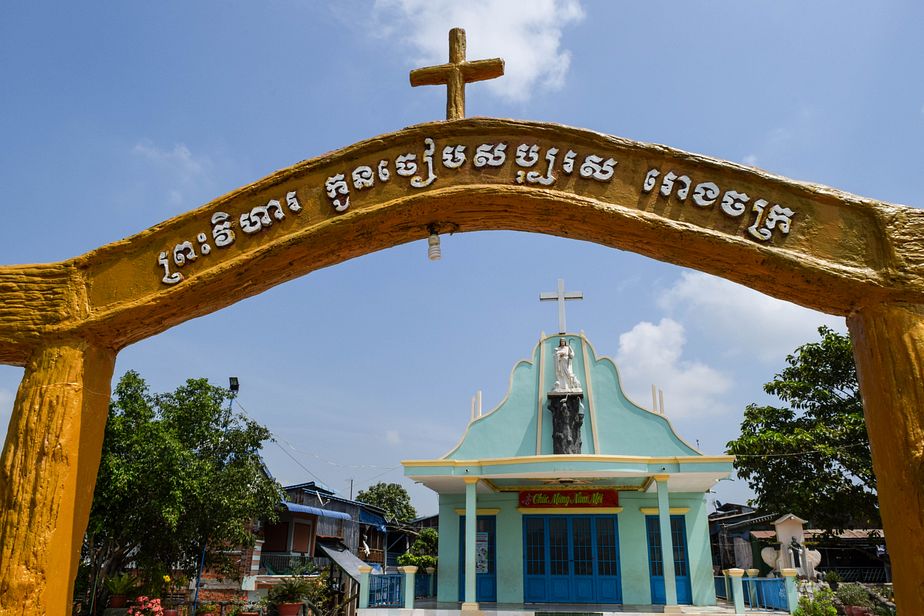Joaquim Magalhães de Castro
In the year marking the 80th anniversary of the atomic bombings in Hiroshima and Nagasaki, the world is closer than ever to a new nuclear holocaust. If it happens, it will be infinitely more deadly than the tragedy that brought us 1945. The scene of devastated buildings, disintegrated living beings, and people killed in seconds—the result of an energy so devastating that their shadows remain imprinted on the walls or asphalt of the two martyred Japanese cities to this day—will be replicated across the planet. And, in the end, no one will be left to tell the tale.
In the wake of the terrible destruction caused by the dropping of the atomic bomb, one of the two bells of the old Urakami Cathedral was shattered. Years later, when the church was rebuilt, the bell tower remained empty. Now, this situation will soon change, as a new bell will be installed in the tower and will ring once again next Sunday; and at the exact minute—11:04 a.m.—that the atomic bomb exploded in the sky over Nagasaki on that fateful August 9, 1945. Its remembrance will not only honor the thousands of victims who perished that day and in the weeks, months, and years that followed, but will also serve as a call for peace.
“I hope that every time this bell rings, people will remember these events and be able to commit themselves with hope and learn to build peace,” Peter Michiaki Nakamura, Archbishop of Nagasaki, told a reporter from the Fides news agency.
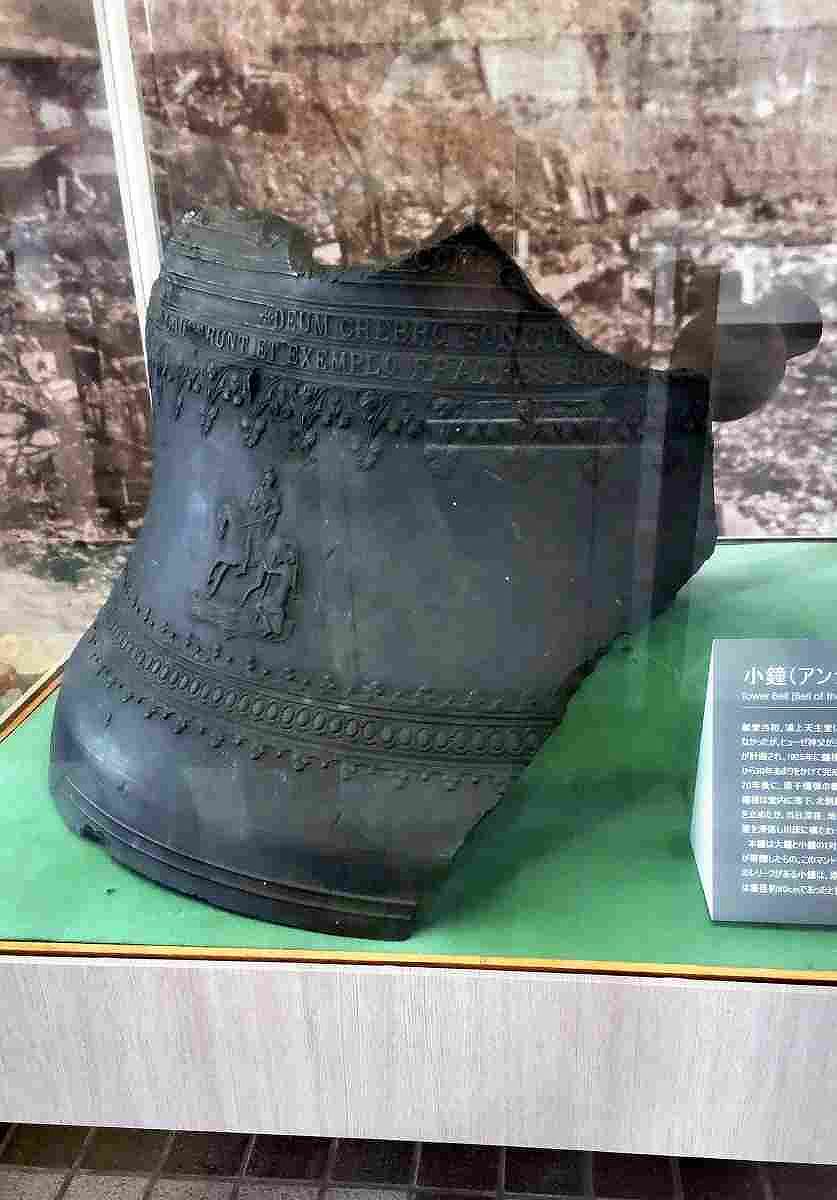
The fact that the bell destroyed by an atomic bomb manufactured and dropped by the United States was rebuilt and donated by American citizens, and welcomed by Urakami Cathedral, represents a concrete sign of forgiveness, reconciliation, and hope. In other words, and in the Japanese prelate’s view, “this testifies to the possibility of walking together toward the realization of world peace.”
2025 is, indeed—from the perspective of the Catholic Church—a year of hope. And not only because of the Jubilee, but precisely because of the anniversary of the atomic bombs that marked the end of World War II. The faithful will have the opportunity to reflect once again on the importance of preventing the outbreak of military confrontations and to pray for an end to the conflicts currently ravaging the world, calling not only for the abolition of the use of nuclear weapons but also for their production and possession.
Almost all human beings consider war to be profoundly wrong, but the truth is that if the country where they reside were attacked by a foreign power, most would not hesitate to respond to the conflict with another conflict, preferably a larger one, so as to emerge victorious. Unfortunately, this is the lowest nature of human nature. Therefore, it is crucial, today more than ever, to cultivate spirituality and consolidate—or begin building now—bonds of cooperation and mutual understanding, so that a nuclear war never has the slightest chance of breaking out.
With this philosophy in mind, the Diocese of Nagasaki, together with the Diocese of Hiroshima, began a collaboration with the Dioceses of Seattle and Santa Fe in the United States, with the shared goal of a world free of nuclear weapons. “I think it is very important to foster this kind of relationship and connection with others,” comments Archbishop Nakamura.
Considering the expansion of armaments and the current educational system in Japan, it is difficult to say that the country is truly on the path to peace. Japanese society is highly competitive, often dominated by the pursuit of profit and heightened materialism. In a society with such characteristics, the risk of possible wars based on combat and conquest is very high.
The Japanese Bishops’ Conference recently published a document on peace to commemorate this sad milestone. A document that raises a question: Is Japan truly on the path to peace today? The question raised by the Japanese bishops in the document stems from the recent deployment of missile systems—for defensive purposes, they say—in Okinawa and the Nansei Islands. Even in the Kyushu region, military bases are being reinforced. When asked about the reaction of young people to this military buildup, the Archbishop of Nagasaki states that many of them, not just Catholics, lack a true understanding of how tragic and inhumane war is. Although peace education is taught in schools, it is “mainly theoretical or purely factual.” He gives an example: “It was recently revealed that the Ministry of Defense sent pamphlets to schools explaining in an accessible way the “need and legitimacy of defense”
For Arcebishop Michiaki Nakamura, the Church “must ensure that school education does not inadvertently become biased and focused on preparing for war, promoting the erroneous idea that peace can be achieved through military force.” In this context, Nakamura noted that “the Church has a duty to witness love, forgiveness, and self-giving to others, not just with words, but through a concrete lifestyle.”

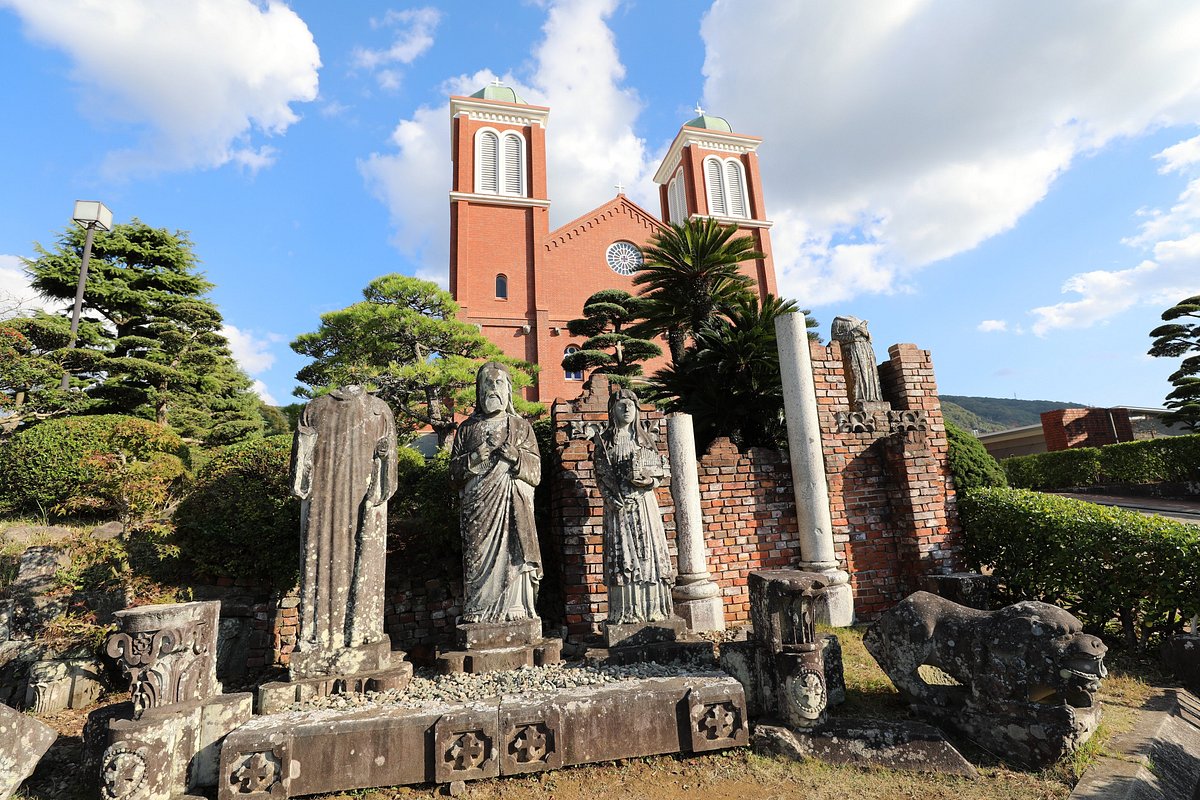
 Follow
Follow
